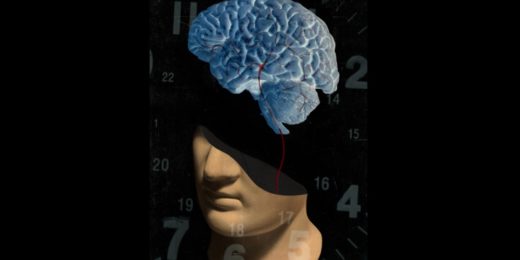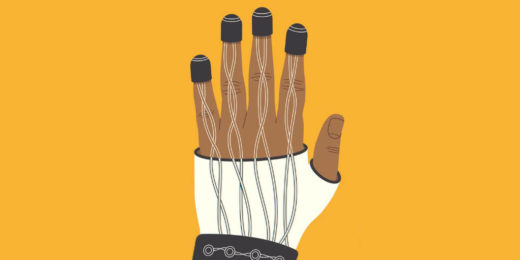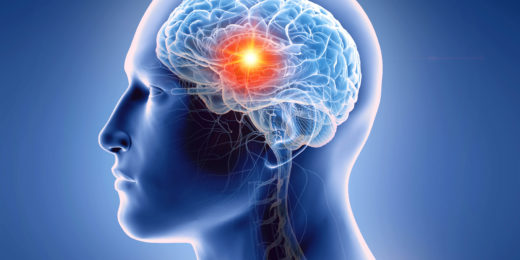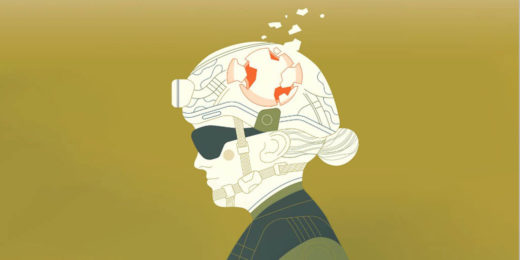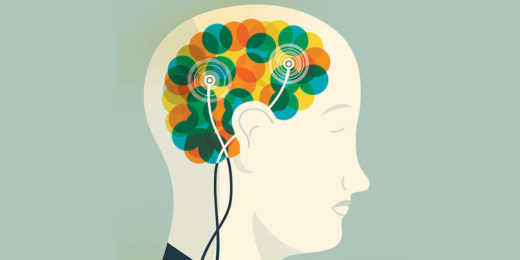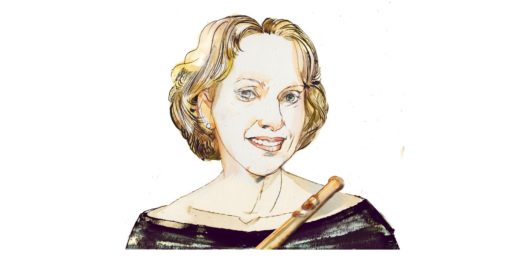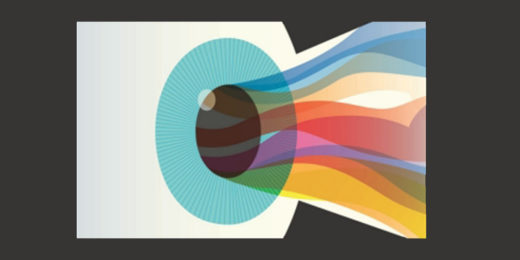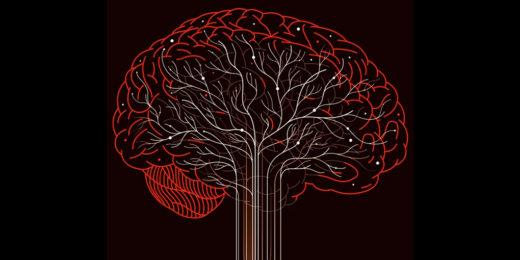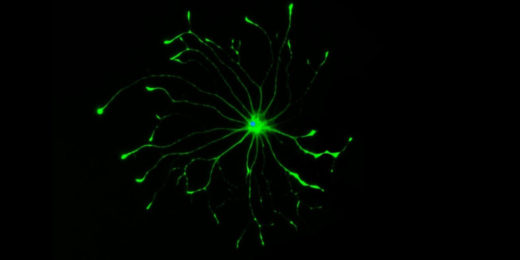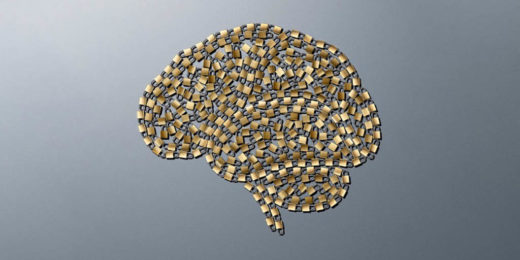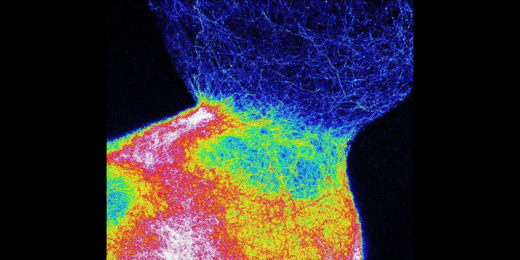Researchers at Stanford Medicine create new imaging technique to increase the window in which stroke patients can seek care.
Category: Neurobiology
How to solve the brain’s trickiest mysteries? Collaborate.
Researchers from across Stanford University come together to solve some of neuroscience's trickiest problems.
Vibrating glove shows promise for calming Parkinson’s symptoms
A Stanford neurosurgeon developed a glove that delivers vibratory bursts of electricity to the fingertips to quell Parkinson's symptoms.
Unleashing the immune system to fight brain cancers
Neurosurgeon Michael Lim studies how to unleash the immune system to attack a type of brain cancer called glioblastoma.
Brain trauma is not the same in women and men
Stanford Medicine researchers are exploring how men and women's brains differ after traumatic head injury.
Putting the move back in movement
Researchers at Stanford Medicine explore ways to help patients restore function after neurological illness or injury.
Finding joy in music and poetry while navigating Alzheimer’s
In a Stanford Medicine magazine Q&A, flutist Eugenia Zukerman discusses finding joy through music and poetry since her Alzheimer's diagnosis.
Researchers are finding new ways to restore patient’s sight
Stanford Medicine researchers are investigating new ways to restore eyesight for patients with macular degeneration and other eye conditions.
Addictive potential of social media, explained
Stanford psychiatrist Anna Lembke’s book, Dopamine Nation, explains our brain chemistry's role in modern society's addiction to social media.
Breakthroughs in battling and healing cognitive loss
Stanford Medicine researchers are investigating new tactics to overcome cognitive loss, including that which occurs in Alzheimer's disease.
From angel to demon: Why some brain cells go ‘bad’
Four years after his death, possibly the greatest mystery famed neuroscientist Ben Barres ever sought to solve has become a bit less opaque.
Stanford Medicine magazine: Unlocking the brain’s mysteries
This new issue of Stanford Medicine magazine explores scientific advances that are helping unlock the mysteries of the brain.
Can major surgery increase risk for Alzheimer’s disease?
During cardiac surgery, patients’ blood levels of a substance highly predictive of Alzheimer’s disease jumped more than 5-fold.
Stanford neuroscientist’s ‘assembloids’ pave the way for innovative brain research
A Stanford neuroscientist has led the development of a novel brain research tool for understanding diseases of brain development.
Preventing kids’ head injuries: Tips from a concussion expert
After a lull early in the pandemic, head injury rates for kids are ticking up again. Parents should know what to do if their child gets hurt.
Why some brains may be better at tracking tasks than others
Stanford Medicine researchers discovered that short-term memories are stored in “distributed” neural patterns in the brain.


